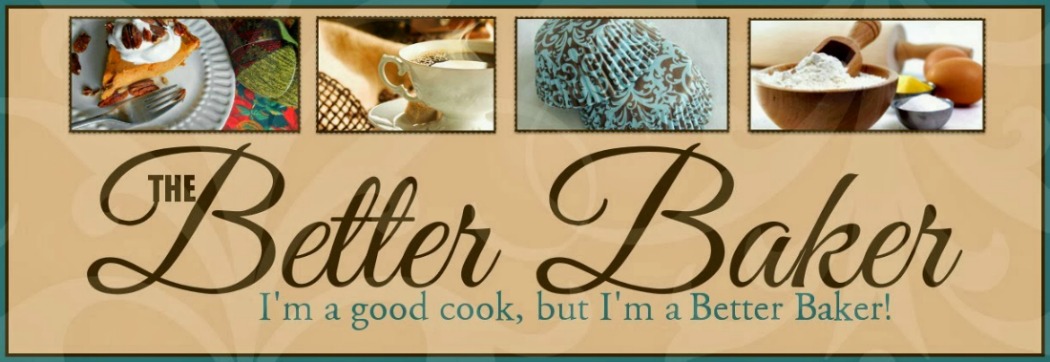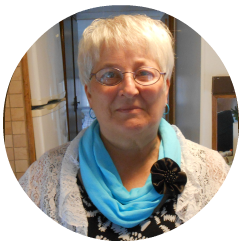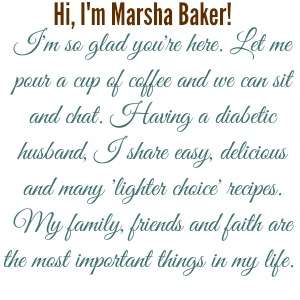Squash
is one of my favorite foods in the fall & winter months. I love cooking it up
and storing it in the freezer so it's handy for my favorite dishes. I found this
nutritional information about squash varieties at www.livestrong.com
Golden
butternut, green-skinned acorn and orange-amber squash are all considered winter
squash.You can enjoy not only the edible flesh of winter squash, but also their
seeds and blossoms.
Winter
squash refers to gourds with thick rinds and a central hollow filled with
seeds. These gourds take longer to mature than summer squash, such as zucchini, and
can be stored throughout a harsh winter, according to the What’s Cooking America
website. Butternut squash is the most popular type in the United States. These
tan, bell-shaped vegetables have firm orange flesh. Mature butternuts weigh in at
4 to 5 lbs. Most winter squash has a similar nutritional make-up and contain high
levels of vitamin A, beta-carotene, potassium and dietary fiber.
Winter squash is relatively low in calories. One cup of baked,cubed butternut squash, for example, contains 82 calories. It also has 2 g of protein, 22 g of carbohydrate, 4 g of total sugars, 7 g of fiber and a negligible amount of fat. Winter squash also contains a high amount of dietary fiber, also called roughage or bulk. You need sufficient fiber in your diet in order to insure colon health.
Winter squash is a good source of potassium, one of the minerals you need each day. One cup of cooked butternut squash cubes contains 600 mg of potassium. The daily average requirement for an adult is 4,700 mg. Winter squash also contains other essential minerals, such as iron, calcium, zinc and selenium.
Winter squash is relatively low in calories. One cup of baked,cubed butternut squash, for example, contains 82 calories. It also has 2 g of protein, 22 g of carbohydrate, 4 g of total sugars, 7 g of fiber and a negligible amount of fat. Winter squash also contains a high amount of dietary fiber, also called roughage or bulk. You need sufficient fiber in your diet in order to insure colon health.
Winter squash is a good source of potassium, one of the minerals you need each day. One cup of cooked butternut squash cubes contains 600 mg of potassium. The daily average requirement for an adult is 4,700 mg. Winter squash also contains other essential minerals, such as iron, calcium, zinc and selenium.
To easily cook squash, poke a few holes in
it (whole); cook in the microwave on a plate for about 15-18 minutes, depending on
size. Allow to stand about 10 minutes, cut open and cool; remove seeds. Flesh comes
right off the skin and you don't have to peel
it.
Here are some delicious recipes using these
wonderful gourds. I may have shared some these before, but some recipes are just
worth sharing again.
CREAMY
BUTTERNUT TWICE-BAKED POTATOES
4
lg. baking potatoes
3
c. cooked butternut squash
4
ozs. spreadable garden vegetable cream cheese
3
Tb. butter or Smart Balance Spread
1/2
tsp. salt
1/2
tsp. pepper
Scrub
and pierce potatoes. Bake at 375 for 50-55 minutes or until tender. Cool potatoes
for 10 minutes; cut in half lengthwise. Scoop out pulp leaving thin shells. In
large bowl, combine potatoes and squash; mash until smooth. Add cream
cheese, butter, salt and pepper; mix until creamy. Pipe or spoon into potato
skins. Bake, uncovered at 375 for 10-15 minutes or until heated
through.
BUTTERNUT
SQUASH BREAD
1
c. butternut squash puree
2
eggs
1/4
c. vegetable oil
1/4
c. applesauce
1
c. white sugar
1/2
c. brown sugar
1-3/4
c. all purpose flour
1
tsp. baking soda
1/2
tsp. salt
2
tsp. ground cinnamon
1/2
tsp. ground nutmeg
1/2
tsp. cardamom or pumpkin pie spice
Preheat
oven to 350. Grease and flour one 8" X4" X2"loaf pan. In large bowl, mix together the
squash puree, eggs, oil, applesauce and sugars until thoroughly combined. In a
separate bowl, whisk together the flour, baking soda, salt, cinnamon, nutmeg
and cardamom (or pumpkin pie spice). Stir the dry ingredients into the squash
mixture. Combine just until incorporated; do not overmix. Pour into the prepared
pan. Bake 55-60 minutes or until a toothpick inserted in the center of the loaf
comes out clean. Add any 'extras' you'd like--dark, semi sweet, or white chocolate
chips, nuts, craisins, etc.Enjoy surprising your family and guests with a'hidden'
ingredient!
DELICIOUS
BAKED ACORN SQUASH
2
whole acorn squash
kosher
salt to taste
4 Tb. butter
2
Tb. brown sugar
4
Tb. dried cranberries,optional
pure
maple syrup
Preheat
oven to 400. Halve each squash; scrape out seeds and stringy membranes. Place
halves,flesh side up, on baking sheet and sprinkle each with salt. Add Tb. butter
in center of each squash; then sprinkle each with 1/2 tsp.brown sugar. Divide
cranberries evenly, then drizzle with maple syrup. Pour 2 c. water in bottom of
baking dish. Cover with foil and bake 30 minutes. Remove foil and bake another
30-45 minutes or until squash is cooked through and brown.
And
for those of you who may not care for squash, how about satisfying that sweet
tooth with an easy fudge recipe? This has been 'hot' on the internet since I
recently posted it at my blog. It's simple and is made in the microwave. It has a
few crushed nutter butter cookies in it. Makes a great holiday gift
too.
NUTTERBUTTER FUDGE
1
container mini-Nutterbutter cookies (or about 8 - 10 large), crushed
1/2
c. peanut butter
1-11
ozs. bag Reese's Peanut Butter Chips
(use
name brand for fullest flavor)
1-14
ozs. can sweetened condensed milk
Line
an 8" X 8"pan with foil; spray with cooking spray or use nonstick foil. In a microwavable bowl, melt the peanut butter, chips and sweetened
condensed milk together. After 45 seconds on high, I stirred and stirred until it
was all nearly melted, then zapped it for another 15 seconds. (Be careful not to
overcook..you just
want everything melted together.) Fold in cookie crumbs. Spread evenly in pan
and refrigerate to harden.
























No comments :
Post a Comment